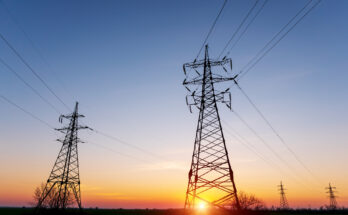Royal Boskalis Westminster (Boskalis), a Dutch marine engineering business, has secured a €450 million ($511 million) contract to transport and construct monopile foundations and substations for an offshore wind project.
No particular information regarding the client or the offshore wind project has been revealed by Boskalis.
“This deal ties up one year of crane vessel utilisation days, as well as the equivalent of two years of heavy transport boats,” the business said in a statement.
According to Boskalis, the project’s goal is to construct renewable energy capacity in order to combat climate change and rising energy demand.
Construction is set to begin in 2023, once engineering and pre-construction work has been completed.
For the project, Boskalis will deploy its Bokalift I and II crane vessels, as well as its heavy transport fleet, which the company characterizes as “particularly adapted for large-scale offshore wind projects.
“Boskalis’ strategy is targeted at capitalizing on important macro-economic variables that drive worldwide demand in our markets: development of the global economy, increase in energy consumption, global population growth, and the issues associated with climate change,” the business noted.
Boskalis is a dredging and heavy lifting firm based in the Netherlands with activities in 90 countries.
The company employs 9,900 employees, including associates, and has a fleet of over 650 boats and floating equipment.
In recent years, it has grown a foothold in Asian markets as well as the US East Coast.
Last week, Boskalis received a contract from Ørsted to install inter-array cables for the Borkum Riffgrund III and Gode Wind III offshore wind facilities in Germany.
Boskalis will be in charge of shipping, installing, and burying 106 inter-array cables under the conditions of the contract. The lines will be installed using the company’s Boka Ocean cable-laying vessel, which it purchased earlier this year.





